The world beckons with its diverse landscapes, vibrant cultures, and unforgettable experiences, but responsible global travel requires more than just a sense of adventure. Behind every smooth journey lies careful preparation, particularly regarding health requirements, entry documentation, and destination research. As international borders reopen and wanderlust resurfaces post-pandemic, travelers face an increasingly complex web of regulations that vary dramatically from country to country. This comprehensive guide will walk you through the essential preparations for international travel, ensuring your focus remains on creating memories rather than navigating bureaucratic hurdles. From immunization records to visa applications and cultural considerations, here’s everything you need to know before embarking on your next global adventure.
Understanding Travel Vaccinations: Your Health Passport
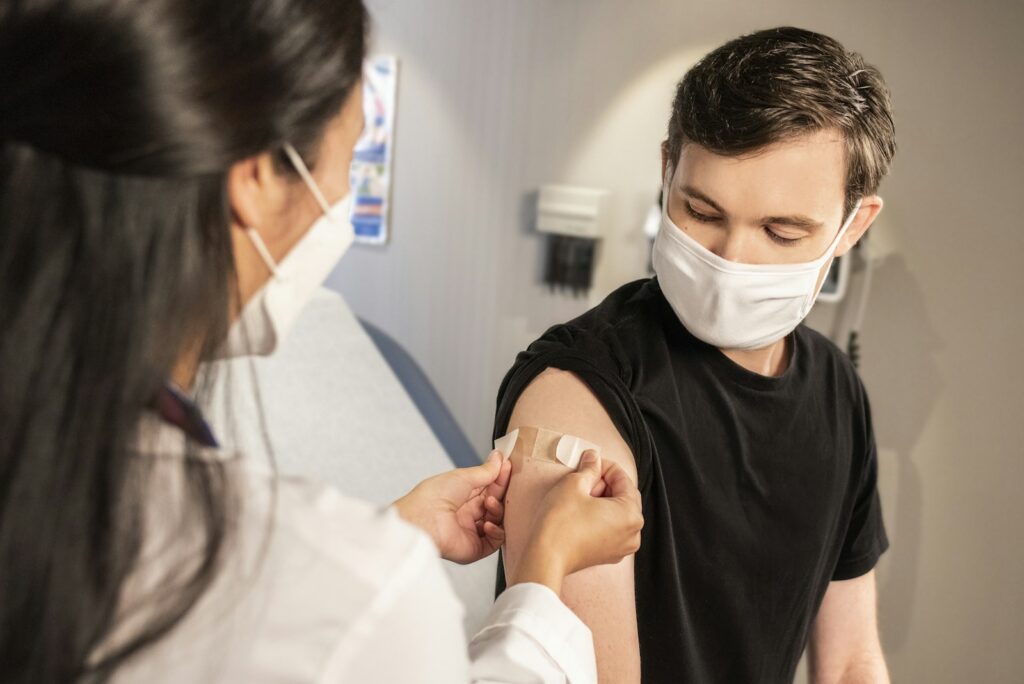
Travel vaccinations serve as your invisible shield against region-specific diseases that might not be common in your home country. Unlike routine immunizations, travel vaccines are tailored to your specific itinerary, addressing risks prevalent in your destination countries. Some vaccines, like Yellow Fever, aren’t just health precautions—they’re legal requirements for entry into certain nations, particularly in parts of Africa and South America. The World Health Organization (WHO) maintains an International Certificate of Vaccination or Prophylaxis (ICVP), commonly called a “yellow card,” which serves as official documentation of your immunization status. Ideally, schedule a travel health consultation 4-6 weeks before departure, as some vaccines require multiple doses spaced weeks apart to achieve full immunity.
Core Vaccines for Global Travelers

While vaccination needs vary by destination, several immunizations form the foundation of a traveler’s health preparation. Routine vaccines like measles-mumps-rubella (MMR), diphtheria-tetanus-pertussis, and seasonal influenza should be current before any international journey. Hepatitis A vaccination is recommended for most travelers as this food and waterborne illness is prevalent in many regions with variable sanitation standards. Typhoid fever protection becomes essential when visiting developing countries in Asia, Africa, and Latin America. For longer stays or travel to certain high-risk areas, consider hepatitis B vaccination which protects against this blood and bodily fluid-transmitted disease. Remember that some vaccines, like Japanese encephalitis or rabies, may be recommended based on your specific activities, such as rural travel or wildlife interactions, rather than just your destination country.
Navigating the Visa Landscape
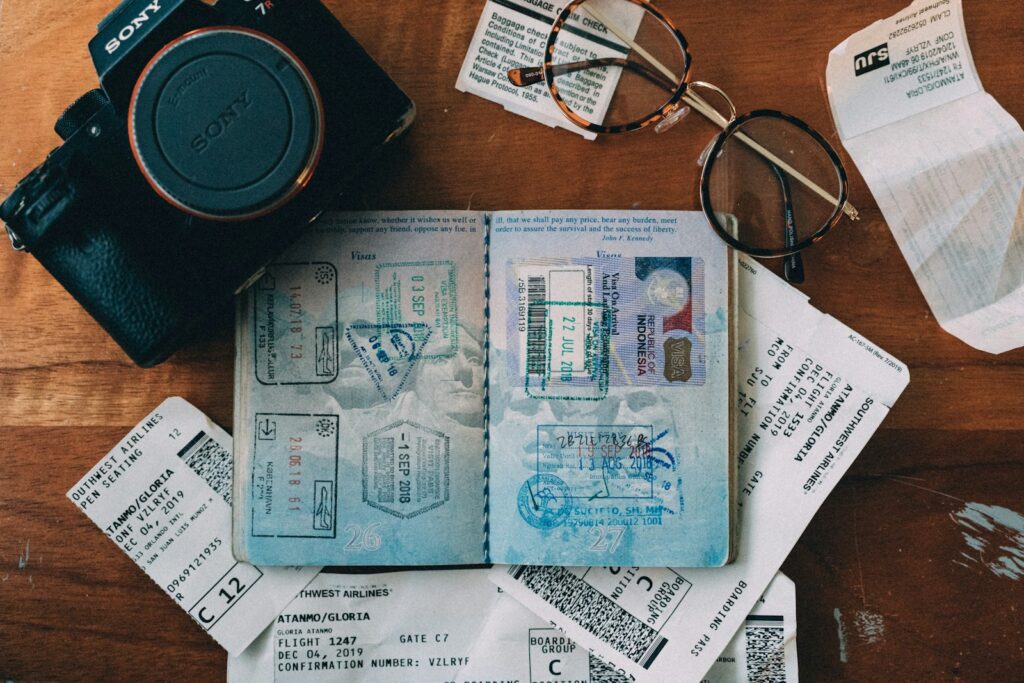
Visas represent the official permission granted by a foreign government allowing you to enter their territory. The type of visa you need depends on various factors including your nationality, the purpose of your visit, and your intended length of stay. Tourist visas typically allow recreational travel, while business visas permit attendance at meetings or conferences but not paid work. Student visas enable enrollment in educational programs, and work visas authorize employment in the host country. Some nations offer visa-on-arrival or visa-free access to certain passport holders, while others require applications weeks or months in advance. Always verify requirements directly through official embassy websites or authorized visa services, as requirements change frequently and misinformation can lead to denied entry or unexpected delays.
Documentation Essentials: Beyond Passports

While your passport serves as your primary travel document, successful international travel requires additional paperwork that varies by destination. International driving permits become necessary if you plan to rent vehicles abroad, serving as a translation of your home license recognized in over 150 countries. Travel insurance documentation should include policy numbers and emergency contact information, with copies stored digitally and in physical form. For certain destinations, proof of onward travel—evidence that you will eventually leave the country—may be required at immigration checkpoints. Those traveling with prescription medications should carry a doctor’s letter detailing the necessity of these drugs, particularly for controlled substances that might otherwise raise suspicion at customs checkpoints. Always prepare multiple copies of essential documents, storing them separately from originals and in secure digital formats accessible from anywhere.
Health Insurance and Medical Considerations

Standard domestic health insurance often provides limited or no coverage once you cross international borders, creating potential financial vulnerability during medical emergencies abroad. Comprehensive travel health insurance should cover emergency medical treatment, medical evacuation (which can cost tens of thousands of dollars), and repatriation of remains in worst-case scenarios. Those with pre-existing conditions should verify specific coverage details and carry translated documentation of their medical history, current medications, and emergency contacts. Create a basic medical phrasebook with key terms in local languages to communicate essential health information if you become unable to speak for yourself. Before departure, research the healthcare infrastructure at your destinations, noting the locations of reputable medical facilities and understanding how to access emergency services in each country you’ll visit.
Tech Tools and Digital Security
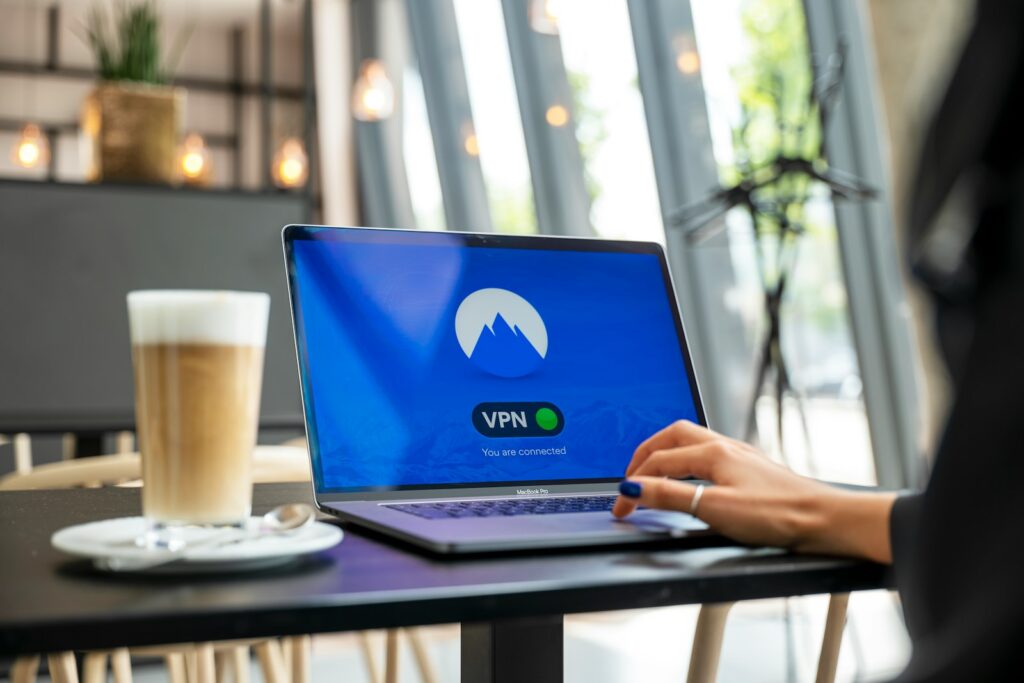
Modern travel relies heavily on technology, requiring thoughtful preparation to maintain connectivity and data security across borders. International data plans or local SIM cards provide cost-effective alternatives to expensive roaming charges, while offline maps and translation apps function without continuous internet access. Virtual Private Networks (VPNs) offer essential protection when using public Wi-Fi networks, encrypting your data to shield personal and financial information from potential breaches. Enable two-factor authentication on all important accounts and consider using a travel-specific email address for bookings and confirmations. Back up important documents to secure cloud storage before departure, and be mindful of social media sharing that might advertise your empty home to potential burglars or reveal your real-time location to unintended audiences.
Currency and Financial Planning

Financial preparation for international travel extends far beyond simple currency exchange. Notify your bank and credit card companies of travel dates and destinations to prevent automatic fraud suspensions that could leave you cashless abroad. Diversify payment methods by carrying a mix of credit cards, debit cards, and modest cash reserves in both local currency and US dollars, which are widely accepted in emergencies. Research common payment practices at your destination—some countries remain predominantly cash-based while others have embraced contactless and mobile payment technologies. Understand foreign transaction fees associated with your cards and consider specialized travel cards that offer reduced or eliminated fees. Always carry emergency funds in a secure, separate location from your primary wallet as contingency against theft or loss.
Cultural Intelligence: Respecting Local Customs

Cultural awareness transforms a simple trip into a meaningful cross-cultural exchange, while preventing unintentional offense or dangerous misunderstandings. Research appropriate dress codes before packing, particularly for religious sites where covered shoulders, knees, or heads may be mandatory regardless of temperature. Familiarize yourself with basic greeting customs, noting that direct eye contact, physical touch, or certain gestures considered polite in your culture might be offensive elsewhere. Understanding tipping practices prevents both overpayment and unintended insults in service situations—some cultures consider tipping unnecessary or even offensive, while in others, service workers depend heavily on gratuities. Learn a few basic phrases in local languages, as even imperfect attempts demonstrate respect for local culture and often result in warmer receptions from locals who appreciate the effort.
Safety Research and Registration
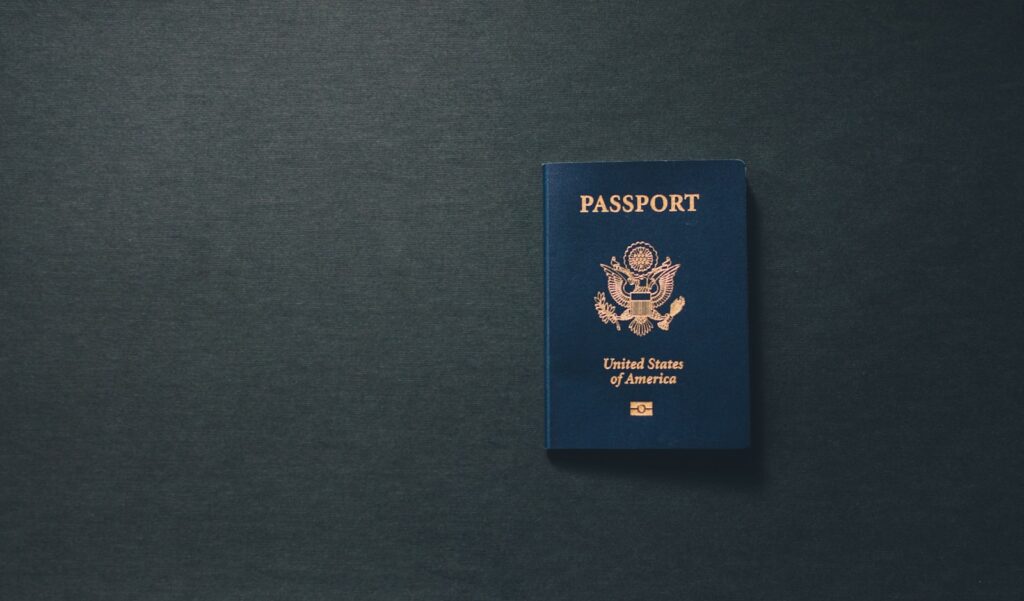
Comprehensive safety preparation begins with registering your travel plans with your home country’s foreign affairs department through programs like the U.S. State Department’s Smart Traveler Enrollment Program (STEP). These registrations facilitate emergency contact and assistance during natural disasters, civil unrest, or other crises. Research current travel advisories for all destinations and transit points, understanding the difference between precautionary warnings and recommendations against all travel. Identify high-risk neighborhoods or regions within otherwise safe countries, particularly noting areas with increased petty crime targeting tourists. Save embassy and consulate contact information for each country you’ll visit, including emergency after-hours numbers. Share your detailed itinerary with trusted contacts at home, establishing regular check-in protocols and clear procedures if you miss scheduled communications.
Environmental Considerations and Seasonal Planning

Climate and environmental factors significantly impact both packing decisions and overall travel experiences across different regions. Research typical weather patterns during your travel dates, recognizing that shoulder seasons (between peak and off-peak periods) often offer ideal combinations of good weather and smaller crowds. Consider how seasonal festivals or holidays might enhance your experience or create logistical challenges through closures or accommodation scarcity. In tropical destinations, understand monsoon patterns that bring heavy rainfall during certain months, potentially limiting activities and increasing disease risks like dengue fever. Research environmental hazards specific to your destination, from altitude sickness in mountainous regions to dangerous rip currents at certain beaches, ensuring you pack appropriate preventative gear and understand warning signs.
Transportation Planning and Navigation
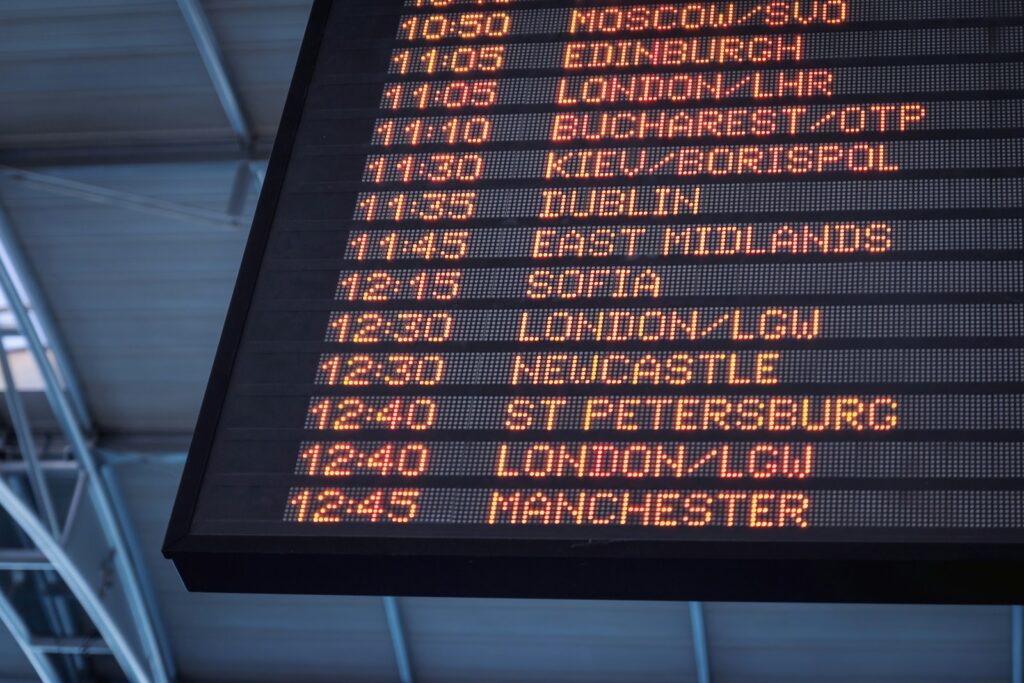
Thoughtful transportation research transforms potentially stressful logistics into seamless transitions between destinations. For flights, understand baggage allowances that vary significantly between carriers, particularly on budget airlines where strict enforcement of limits can result in expensive fees. Research public transportation options from airports to city centers, noting operating hours and typical costs to avoid overpriced “tourist taxis.” Download offline maps for primary destinations and learn basic directional vocabulary in local languages to navigate when lost. Consider transportation cultural norms that might differ from home—in some countries, negotiating taxi fares is expected, while in others, attempting to haggle with drivers is considered inappropriate. For regions with limited tourist infrastructure, pre-arrange transportation through reputable providers, particularly for arrivals after dark or in remote areas.
Communication Planning Across Borders
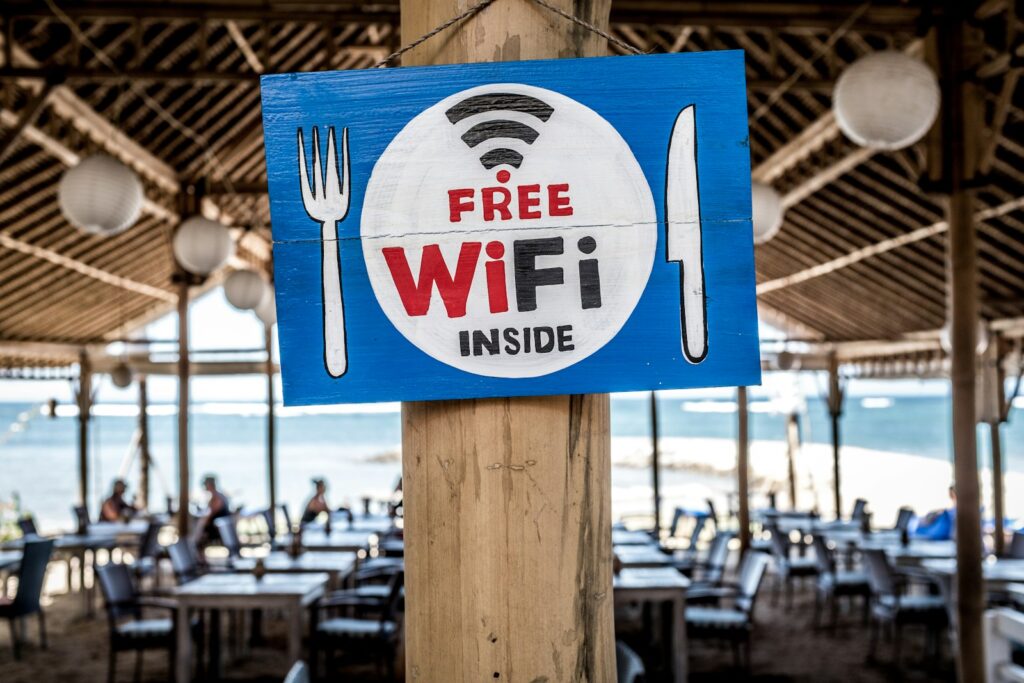
Effective communication strategies maintain connections with both home and local resources throughout your journey. Research international calling options including Wi-Fi calling applications, international calling cards, and local SIM card availability and compatibility with your device. Create a communication hierarchy plan that identifies primary and backup methods for different scenarios, from routine check-ins to emergencies. Learn essential phrases for seeking help in local languages, focusing on clear communication of medical needs, directions, and basic assistance requests. Consider time zone differences when planning calls home, using world clock applications to avoid unintentionally disturbing sleeping family members. For remote destinations with limited connectivity, research internet café locations or establish expectations with contacts about potential communication blackouts during certain portions of your journey.
Post-Travel Health Monitoring
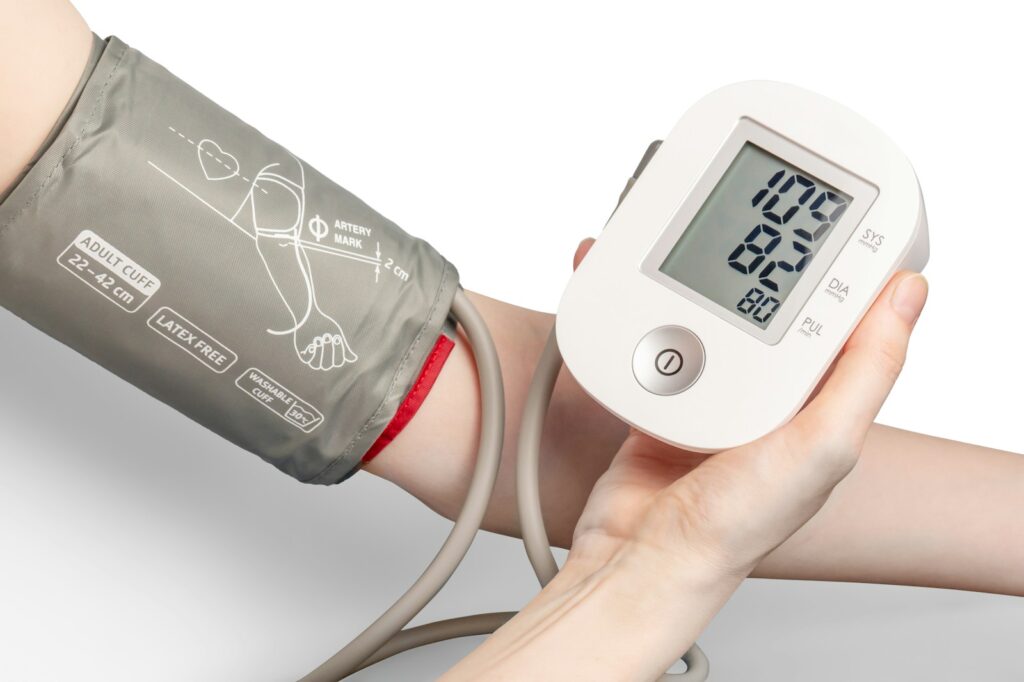
Responsible travel includes awareness of potential health impacts that might manifest after returning home. Some travel-related illnesses, particularly certain parasitic infections or viral diseases, may present symptoms weeks after exposure, requiring vigilance even after returning to familiar surroundings. Schedule post-travel check-ups if you experienced any unusual symptoms abroad or visited regions with known endemic diseases, particularly if you engaged in high-risk activities like freshwater swimming or cave exploration. Watch for fever, unusual rashes, persistent digestive issues, or unexplained fatigue in the weeks following international travel. When seeking medical care for any illness within six months of return, always inform healthcare providers about recent international destinations, as this critical information guides diagnostic considerations. Many travelers also benefit from post-travel probiotics to restore gut flora disrupted by dietary changes and potential exposure to different microbiomes.
Creating Your Personalized Travel Checklist

Transforming generic travel advice into a personalized plan requires systematic organization tailored to your specific itinerary. Create a master document that integrates destination-specific requirements, personal health considerations, and activity-based preparations into a comprehensive timeline. Begin with the longest-lead items like passport renewals (which can take 8-11 weeks) and certain visa applications, then schedule vaccination appointments based on required timing between doses. Develop country-specific sub-checklists that address unique requirements for each destination, particularly for multi-country itineraries with varying entry requirements. Consider creating a digital travel folder organized by destination with relevant screenshots of confirmations, maps, and emergency information accessible offline. Review your checklist regularly in the months and weeks before departure, verifying that requirements haven’t changed and that all documentation remains current through your return date.
International travel represents one of life’s most enriching experiences, offering perspectives and memories impossible to gain any other way. While the preparation might seem daunting, each element of this checklist serves an essential purpose in creating a journey that balances adventure with safety. The most successful travelers approach these requirements not as bureaucratic obstacles but as the foundation that enables truly immersive experiences. By thoroughly addressing vaccinations, visas, and destination research, you create the freedom to fully engage with the spectacular vistas and cultural treasures awaiting you. Remember that flexibility remains essential even with perfect preparation, as unexpected developments from weather events to political changes can necessitate adaptation. With this comprehensive approach to travel planning, you’re ready to embrace the world with confidence, curiosity, and responsible global citizenship.

